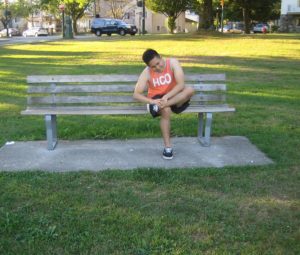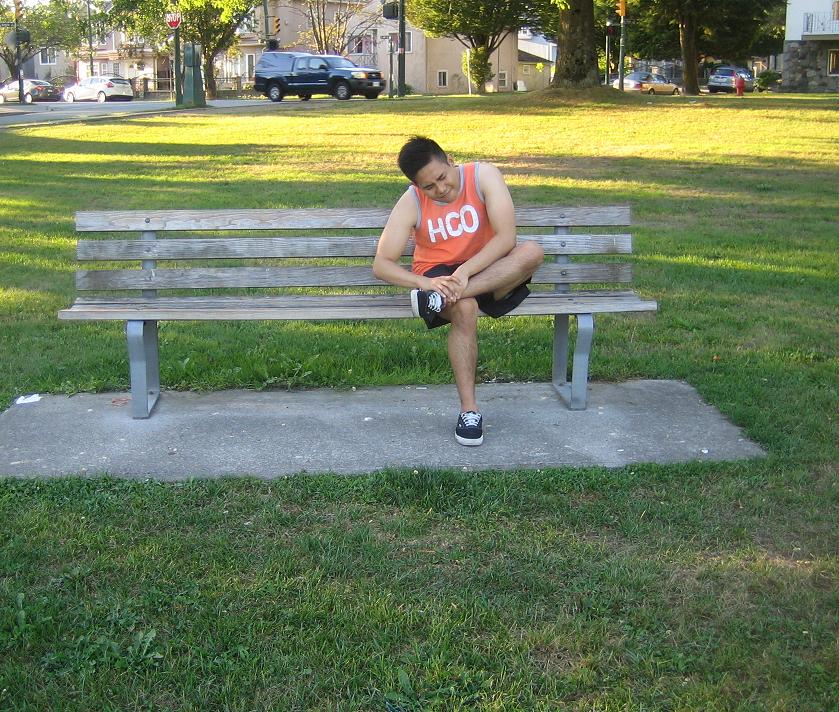Achilles tendon rupture is a type of injury affecting the rear part of the lower leg and usually common in people playing recreational sports, but it can also happen to anyone. Generally, overstretching of the Achilles tendon can result to complete or partially rupture. If the Achilles tendon ruptures, a popping sound can be heard, a severe pain can be felt at the back of the ankle and the lower leg and there is difficulty walking properly.

Symptoms of Achilles tendon rupture
- At first, intense pain and inflammation near the heel
- A feeling of being kicked in the leg
- A popping or snapping sound after the injury
- Incapable of standing on the toes of the affected leg
- Lastly, difficulty bending the foot downward or “push off” the affected leg when walking.
Causes
- Increasing the intensity of playing sports such as jumping
- Stepping into a hole
- Falling from a height
- Wearing high heels can result to stressing the tendon
- Flat feet or fallen arches. When taking a step, it causes the arch of the foot to collapse and stretch the tendons and muscles.
- Muscles of the legs or tendons are very tight
- Taking antibiotics called fluoroquinolones
Treatment
- Rest the affected area. Use crutches to support and lessen pressure placed on the area. Generally, use crutches when walking on the first 2-3 weeks to prevent straining the ankle and delay the healing.
- Apply cold therapy for the first 2-3 days after the injury to lessen the pain and the inflammation. Elevate the leg above the level of the heart and at the same time applying cold compress for at least 30 minutes at a time to lessen the swelling and the pain.
- Prescribed pain medications to lessen the inflammations and the pain.
- Keep the ankle from moving by wearing a walking boot with heel wedges or a cast and the foot flexes down.
- Perform rehabilitation exercises with the help of the physical therapist for strength, stability and restore range of movement of the affected area.
More Information
The details posted on this page on Achilles tendon rupture is for learning purposes only. To learn to recognize the signs and how it is managed, enroll in a first aid course with one of our training providers.
FACT CHECK
https://en.wikipedia.org/wiki/Achilles_tendon_rupture
https://orthoinfo.aaos.org/en/diseases–conditions/achilles-tendon-rupture-tear-video/
https://www.mayoclinic.org/diseases-conditions/achilles-tendon-rupture/symptoms-causes/syc-20353234

